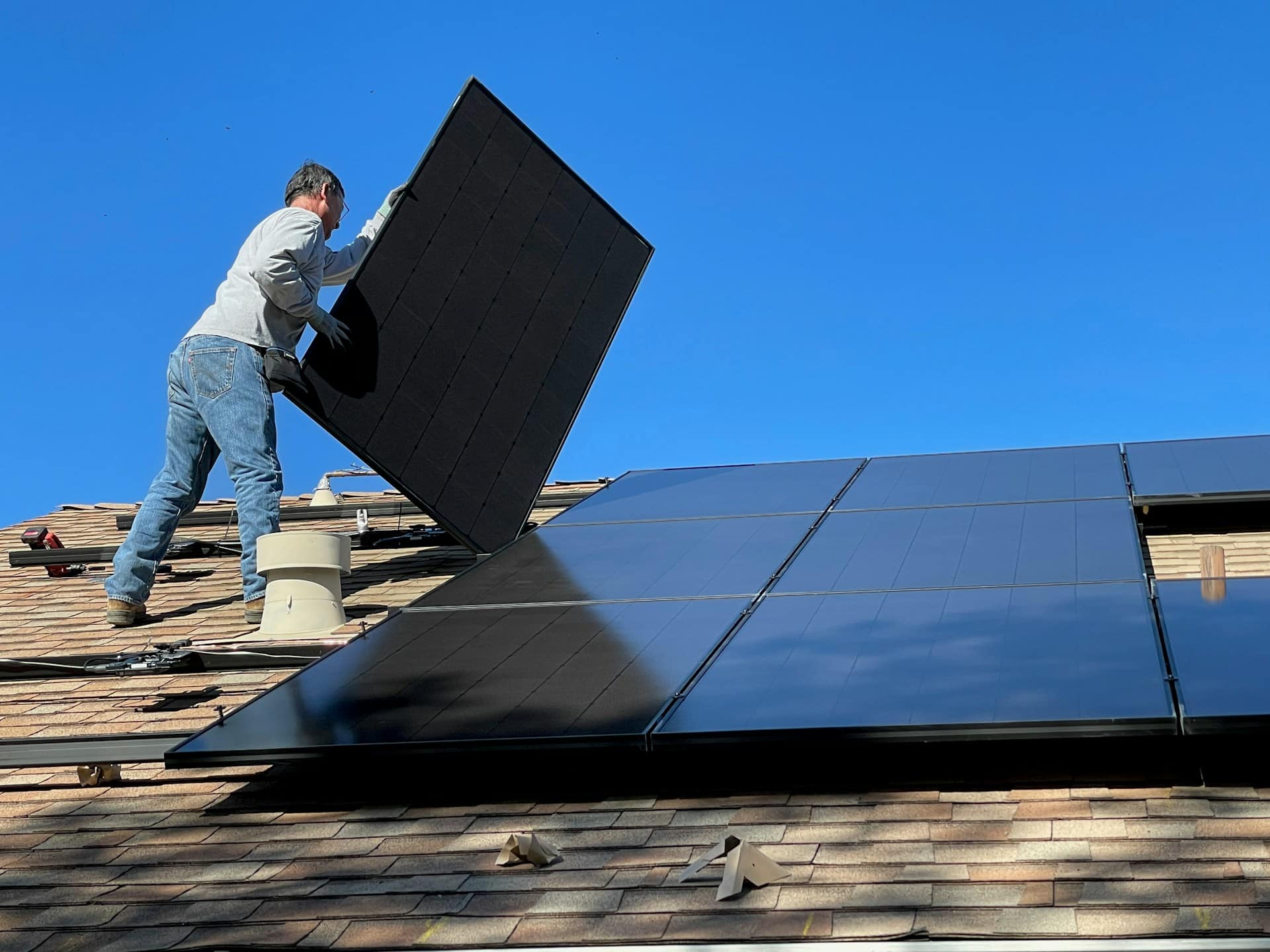This article may contain affiliate links. We may receive a commission for purchases made through these links. Privacy Policy.
With so many derma-something treatments coming at us from every angle, keeping up with every single beauty trend can make your head spin. Like dermaplaning, for example, it’s supposed to keep your skin as smooth and glowing as a baby’s backside. As any Hollywood starlet can probably tell you.
But if you don’t frequent the red carpet and have no idea what it is, don’t worry.
To demystify the process, we’ve put together a guide that will get you up to speed on this popular facial technique and help you figure out if dermaplaning is right for you.
Here’s the lowdown about dermaplaning, darlings.
So What Exactly Is Dermaplaning?
To understand dermaplaning, you can think of it as a chemical-free exfoliation.
A trained technician uses a surgical-grade scalpel to scrape the dead surface cells from your skin gently. It also removes the little layer of peach-fuzz hair, leaving your skin looking silky smooth and radiant.
If someone coming at your face with a sharp knife sounds intense, relax. Unlike dermabrasion, which goes much deeper (and has a recovery time of about a week), dermaplaning is fairly gentle and has a quick recovery time.
Depending on how sensitive your skin is, it’s usually 24 hours or less. So no need to hide under your hat!
There are even some women that dermaplane at home. But generally, this isn’t recommended due to cuts and infections that can result. So maybe leave shaving your face in the bathroom mirror to the guys.
Benefits of Dermaplaning
The epidermis, the uppermost layer of your skin, has no blood cells. Instead, it receives nutrients by diffusion. This is where exfoliating your skin comes in.
Dermaplaning stimulates circulation and delivers those healthy nutrients to your epidermis. Those nutrients help to rejuvenate your skin and give you that sought after glow we all want.
To break it down more specifically, here is what dermaplaning does for your skin:
- Improves texture
- Eliminates vellus hair (peach fuzz)
- Makes your makeup look smooth and flawless
- Helps your face products absorb better
- Minimizes the appearance of fine lines
- Brightens skin and reduces hyperpigmentation
- Promotes cellular proliferation
So is your interest peaked? If so, keep reading to find out how to prepare for a dermaplaning session and what to do afterward.
Preparing for Your Dermaplaning Session

Glowing skin, a quick recovery time and easier makeup application. If your response is “Sign me up,” here’s how to get ready.
Book a Consultation with a Reputable Esthetician
Remember, you want an experienced professional when it comes to dermaplaning.
You can ask your dermatologist for recommendations. Or if you have a friend that has had dermaplaning before, you can ask her how her experience was.
A licensed professional will also be able to evaluate your skin and let you know if dermaplaning (or an alternative treatment) is right for you.
When it comes to that gorgeous mug of yours, make sure it’s in the right hands!
Stop Exfoliating your Skin 3-5 Days Before your Appointment
Dermaplaning will exfoliate the uppermost layer of your skin.
To avoid irritation from over-exfoliation, you’ll want to stop using products that remove dead skin cells. This means chemical creams or manual exfoliators such as scrubs.
AHAs, BHAs, retinoids and microbeads should all be avoided before your session.
Also, if you’re using Retin-A, you’ll want to discontinue use 7 to 14 days before the service.
Avoid Sun Exposure the Week Before Your Service
An esthetician cannot exfoliate skin with a sunburn. Nor would you want them to!
So make sure you avoid sun exposure before your appointment as it can increase sensitivity. And as always, use sunscreen!
Schedule Any Facial Waxing 1or 2 Weeks Before Dermaplaning
Although dermaplaning removes peach fuzz, it does not remove terminal hair such as chin or eyebrow hair.
Waxing, threading and sugaring do remove those thicker hairs. But they also remove a layer of skin cells. To avoid irritation, be sure that you schedule any hair removal services well in advance of your dermaplaning appointment.
If You Have Open Acne Lesions, Reschedule
You’ve been looking forward to your appointment and then boom! Suddenly your skin has broken out.
Yes, it’s a bummer.
But it’s not safe to perform dermaplaning on open wounds or acne lesions. So be sure to let your esthetician know so they can rebook you.
What to Expect in a Dermaplaning Session
In a typical session, your technician will:
- First, cleanse your skin to remove all bacteria, oils and dirt.
- Then your skin will be patted dry with a clean towel.
- Next, many estheticians apply an oil like argan or jojoba so that the blade will glide smoothly over your skin.
- Now that the skin is prepped, the exfoliation will begin. The process is painless and doesn’t require an anesthetic.
- Starting with one side of your face, your technician will hold the skin taught as they stroke the blade at a 45-degree angle.
- Once each side of your face is finished, a warm towel will be placed over it to remove excess hair and relax you.
The only thing you have to do is stay still.
- Once your entire face has been exfoliated, your technician will apply any serums or moisturizers.
And, voila, you’re done!
Avoid the Sun for 2-3 Days After your Session
Now that you’re looking all brand new, you’ll want to take special care of your face. Those new healthy cells that have been exposed through exfoliation are extra sensitive. So be sure to avoid direct contact with the sun and wear sunscreen.
Your skin will thank you for it!
Don’t Use Any Exfoliators the Week After Dermaplaning
Just as you did before your session, you want to avoid over-exfoliation.
So once again, skip any retinoids, AHAs, BHAs, microbeads or enzymes. They can make your skin red, dry and flaky.
Use A Gentle Face Wash
Your skin may feel slightly tender after your session, so be sure to baby it with gentle cleansers. Avoid anything that’s harsh or drying. Keep in mind those new skin cells need to be pampered.
Related: Our 7 Favorite Hypoallergenic Makeup Brands
Now Enjoy the New You!
Now that you’ve achieved that fresh dewy look, you may feel great with little or no makeup on your skin.
But if you love to get dolled up, you’ll enjoy how easily your makeup glides on and how flawless it looks.
The only thing left to do is smile and practice your red carpet walk. Who cares if it’s in your living room!
You might also be interested in: Why You Should Adopt A 10-Step Skincare Routine Today
Sherry De Alba
view postSherry De Alba
Sherry is a freelance writer who worked as an actor before transitioning to an award-winner career in advertising. During a vacation to Mexico, she fell in love and never left. Sherry (aka Cherita) now spends her time bouncing between the US and Mexico writing, running, cooking, meditating and exploring lots of cool stuff on the other side of the wall.
view post








